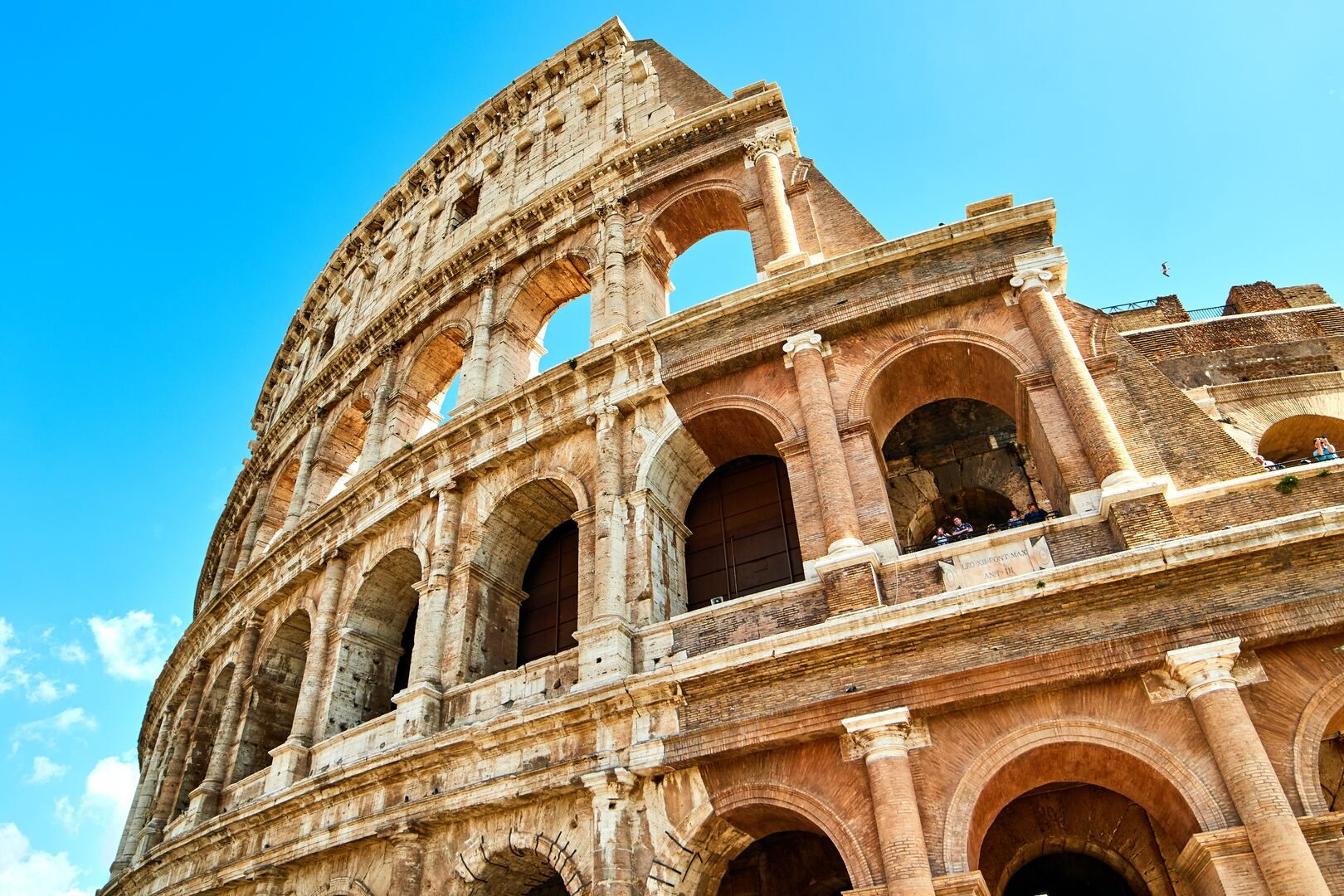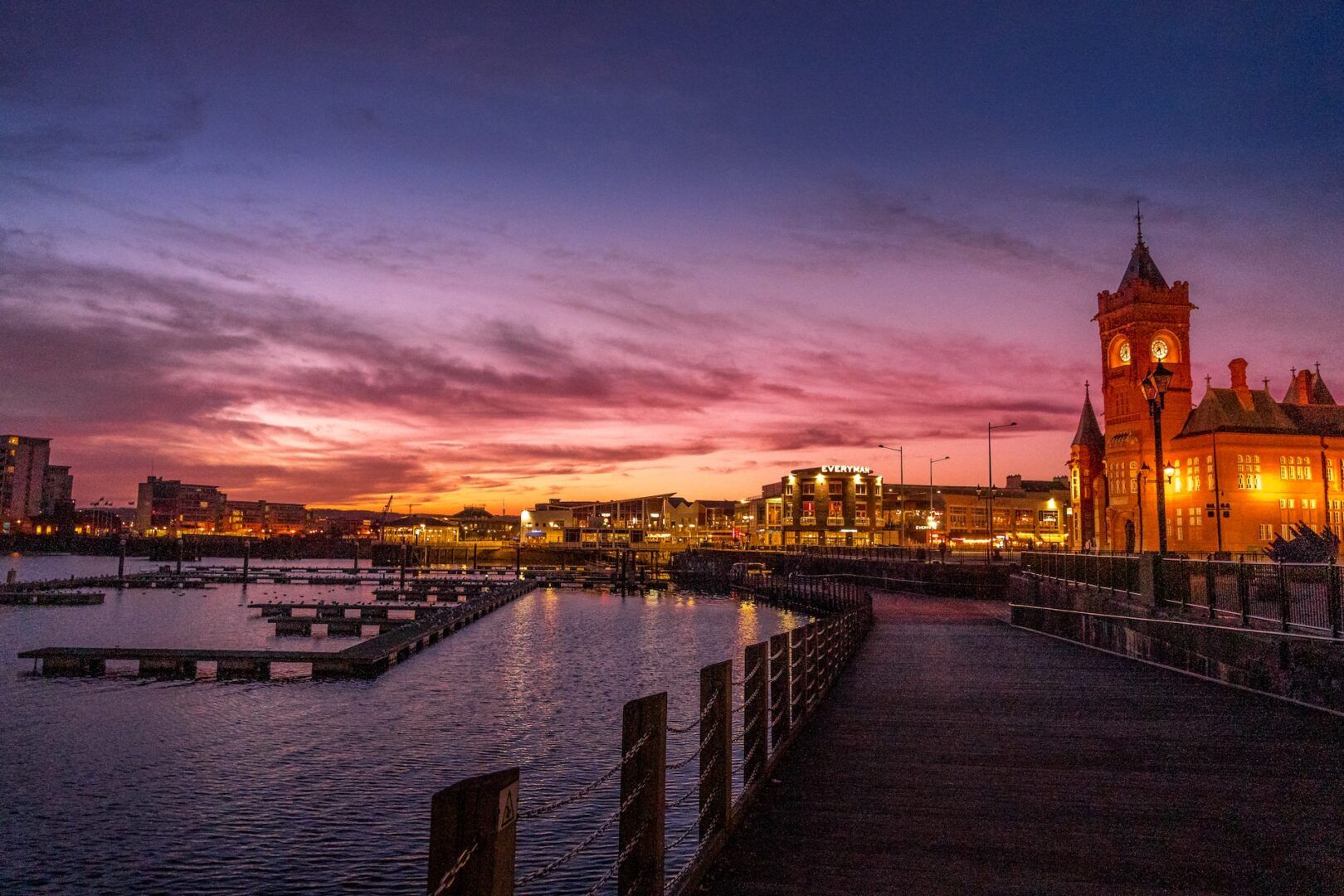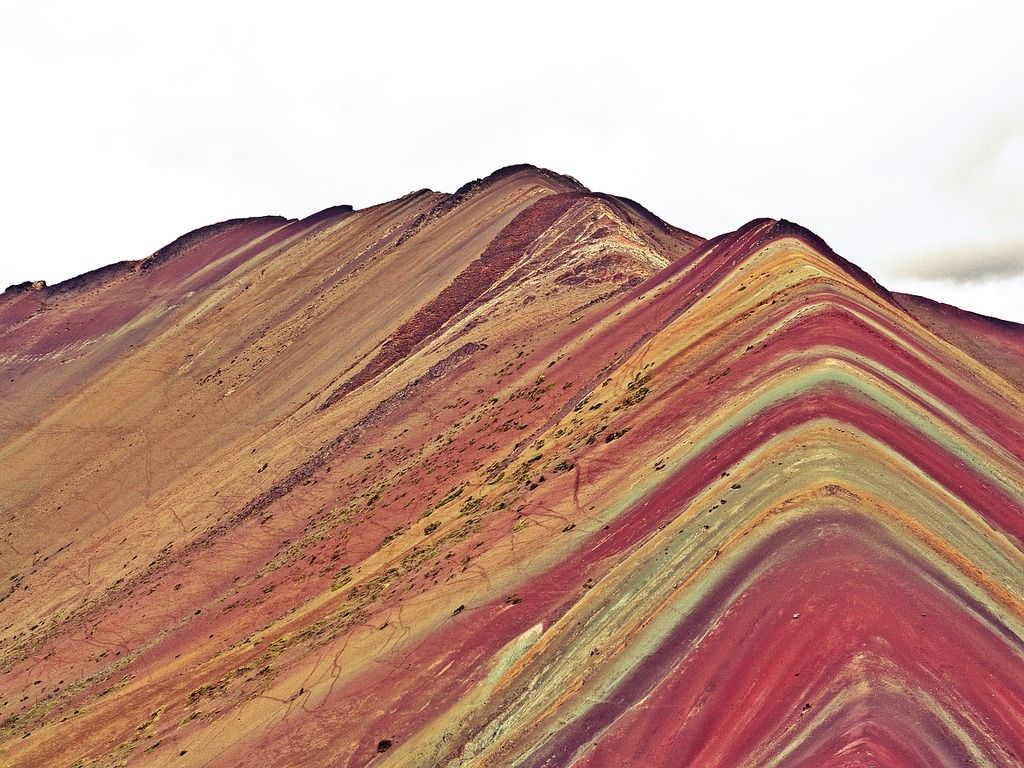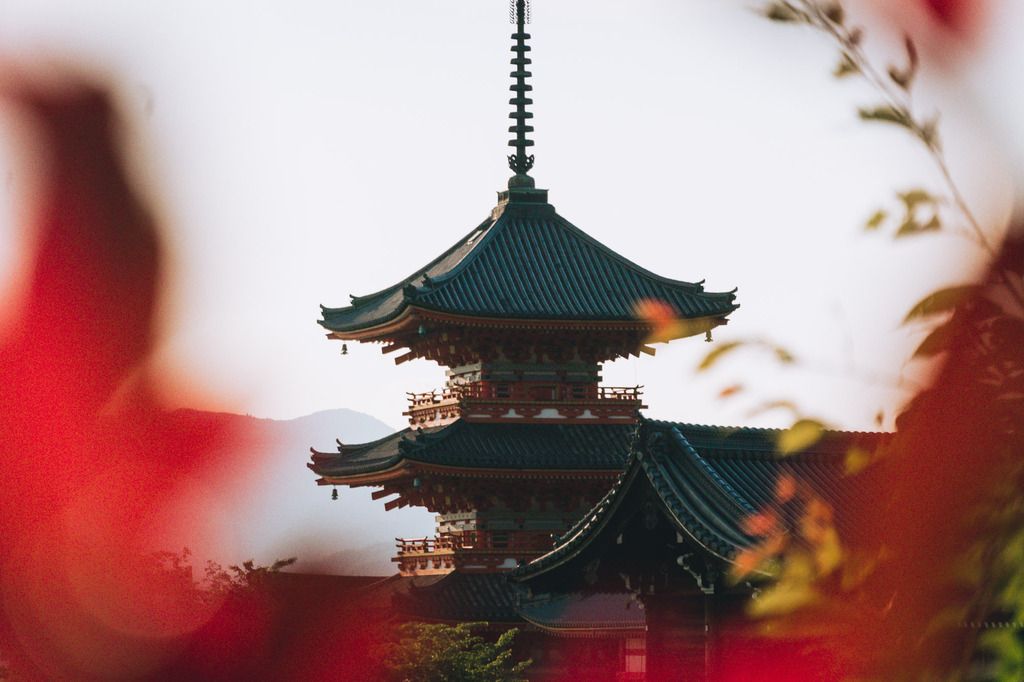

If Japan had a favourite season to show off, it would be autumn.
Forget spring’s prim cherry blossoms—autumn is where the drama happens. Hillsides turn into canvases of scarlet, gold, and deep russet, while temples and city parks put on free shows worthy of standing ovations. The Japanese even coined a word for this obsession: koyo, the viewing of autumn leaves.
But autumn in Japan isn’t just about colours. It’s about timing your trip to catch the fleeting blaze, knowing which temple pond makes the perfect mirror, and balancing your itinerary between the big names and quieter corners. From September to November, the landscape shifts like a moving stage production—blink, and the best scenes are already gone. This guide helps you pick your moment, choose your stage, and fully immerse yourself in the spectacle of this season.
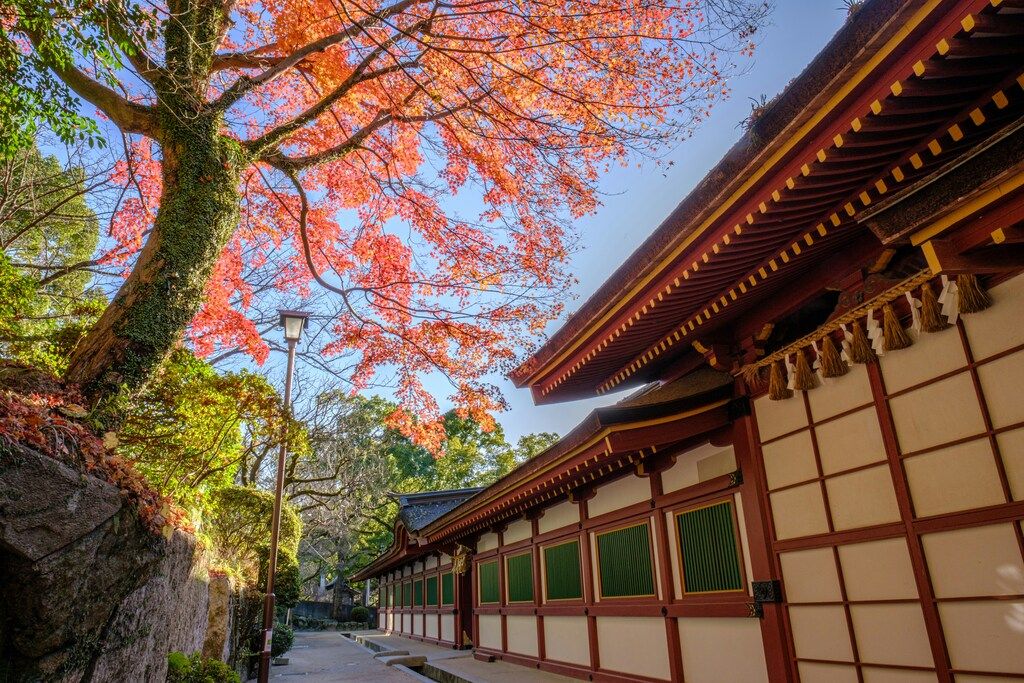
When to go to Japan for autumn colours (koyo)
Timing is everything. The Japanese describe the leaf season as a “koyo front”, a ripple of colour that begins in Hokkaido’s northern mountains in late September and sweeps down to Kyushu by late November. It’s not unlike the cherry blossom front in spring, except instead of delicate pinks, you get whole forests on fire.
September
Early birds should head north. Hokkaido’s Daisetsuzan National Park often sees the first touches of crimson in mid-September. Think alpine hikes under clear blue skies with hardly a tour group in sight. The weather here is brisk, jackets required, but the trails are manageable and the views immense.
October
This is the crowd-pleaser month. By early October, the Tohoku region is blazing, Mount Hakkoda, Lake Towada, and the Oirase Gorge become painterly visions. By late October, Nikko near Tokyo starts glowing, and Kyoto teases with hints of colour. Temperatures are mild, perfect for long walks and temple hopping. If you’re watching the Japan fall foliage forecast, this is usually the best time to visit Japan for autumn leaves if you want balance, with enough color to dazzle and enough warmth to roam comfortably.
November
Kyoto takes the crown. From mid-November, temples like Tofuku-ji and Eikando transform into postcard scenes, complete with fiery maples reflected in still ponds. Tokyo follows closely, with ginkgo-lined avenues like Icho Namiki turning a regal gold. By late November, Kyushu joins the party, truly embodying the term koyo Japan, with its warm climate offering a gentler version of autumn.
Weather and Logistics
Here’s the catch: autumn is busy. Hotels in Kyoto book out months ahead, and shinkansen seats vanish quickly. A Japan Rail Pass is your best friend for flexibility. For city stays, aim for midweek visits, weekends are a magnet for domestic travellers. Book accommodation near transport hubs; you’ll thank yourself when trains spill over with leaf-hunters.
And yes, you’ll want to check the weather. Is Tokyo cold in autumn? Not really, expect 12–18°C in November. Crisp enough for coats, but nowhere near winter’s chill. In Kyoto and Nara, expect daytime sunshine but colder nights, so layering is key. Hokkaido in September can feel like northern Europe, while Kyushu in November is still mild enough for light jackets.
The Japanese themselves take foliage seriously, consulting detailed forecast maps updated daily. Websites and smartphone apps track the koyo front almost leaf by leaf, allowing travellers to adjust their plans to the top things to see and do in Japan. If you want to blend in, don’t just admire the trees, join the locals squinting at their phones, timing the perfect trip down to the weekend.
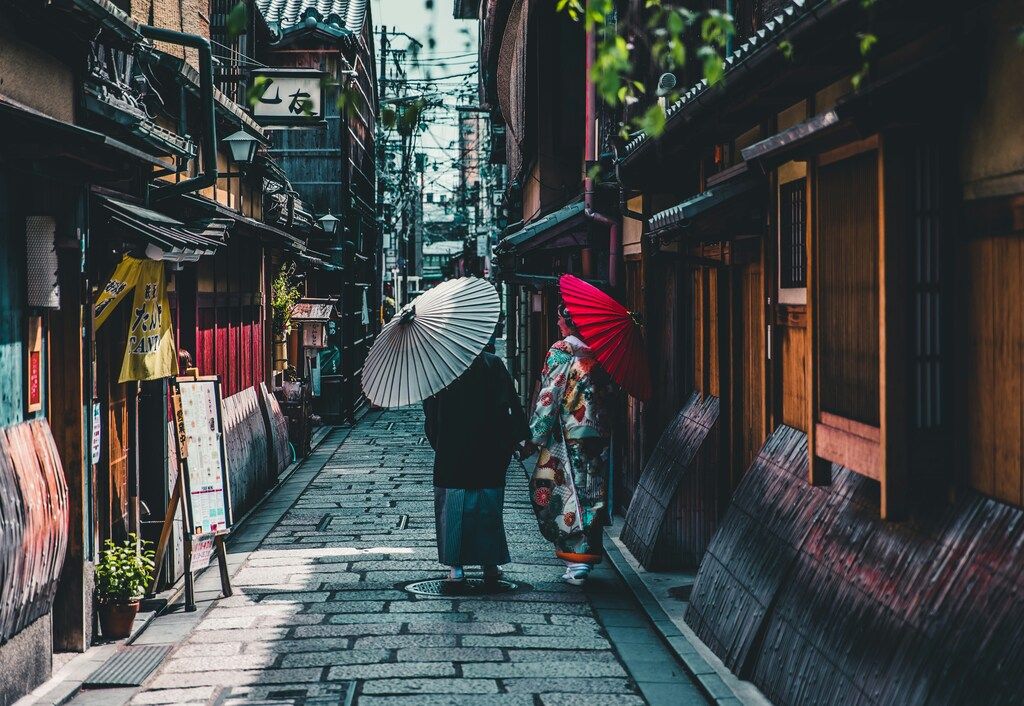
The most iconic spots to see autumn leaves
If you’re going to chase leaves, you may as well do it in style. Japan’s best autumn leaves Japan spots involve a mix of nature, culture, and, of course, a little showmanship.
Kyoto: the headline act
Kyoto is the Beyoncé of the autumn scene. Every temple and shrine feels calibrated to showcase the foliage at its fiercest. At Tofuku-ji, the Tsutenkyo Bridge provides a stage from which to survey a sea of red. Eikando reflects trees in her shimmering pond, like a true diva. At Kiyomizu-dera, a mammoth wooden platform hoists you miles above the canopy. Visit in the dying afternoon sun for some soft light, a halo of gold. Of course, Kyoto is the highest trending hashtag every November in Japan.
And then there is Arashiyama, where the Togetsukyo Bridge forms a backdrop for the brilliant maples of the hills. Get here at dawn and you can have the river paths to yourself, watch the clouds lift and see the true colours of autumn revealed.
Tokyo: golden glamour
Tokyo proves that autumn isn’t just for temples and mountains. In Shinjuku Gyoen, maples, ginkgoes, and lawns make for trees, parks, and sprawling lawns designed for walks among the colours. Rikugien Garden is the grown-up, almost-museum-like version of autumn, with manicured paths and sculpted ponds. The best way to see it is during one of the nighttime illumination festivals the garden holds every year. And Ueno Park is no slouch, either, turning the mundane morning commute into a golden procession.
If you want even more inspiration, here’s our guide to the best places to visit in Tokyo, because this city is a gift that keeps giving.
Hakone: mountains, lakes, and steam
Combine leaf peeping with the art of relaxation. Paths around Lake Ashi are a blaze of autumn tones in October and November, often set against those unexpected Mount Fuji views. While Hakone is a hot-spring haven, don’t soak just yet. It’s the colours, the mountains, and the lakefront that steal the show.
Nikko: grandeur in gold
Nikko does things on a monumental scale. The UNESCO-listed Toshogu Shrine is impressive at any time of year, but in November, the entrance to this city of the dead is a glowing golden avenue of ginkgo and red maple leaves. The Irohazaka Winding Road zig-zags through the woods, rounding curve after curve, with valley views that seem to encompass every possible shade of fire.
Osaka castle park
Thanks to nearby Kyoto, Osaka is often off the radar when it comes to brilliant autumn colors, but Osaka Castle Park can hold its own. At the end of November, the park and its expansive green grounds are framed by gold ginkgo and red maples, with the white of the keep floating serenely above it all. At night, the park’s floodlighting brings back the rich oranges and reds of the leaves. The fortress wall looks like a giant sleeping dragon, glowing with an inner light.
Hirosaki castle
Hirosaki Castle in Aomori is another that’s not on many itineraries, but it’s as beautiful as the ski route you’ll drive to get there. In October, the leaves on the castle’s moats seep out onto the water, bobbing like a dress of deep rouge. For more autumn action, head two hours south to Mount Koya. Here, the temple complex is the most beautiful place to be scared in this season. Following the scent of incense and the mutterings of monks becomes more ethereal, with 1,200-year-old cedars and maples blazing beside you.
But don’t forget the city parks. Even Tokyo’s salarymen look up, away from their bento boxes, when the ginkgo leaves turn in Hibiya Park and some campuses in Kyoto and Sendai can rival temples tramped on by countless bus-tour boots in sheer autumnal beauty, if you’re there at the right time.
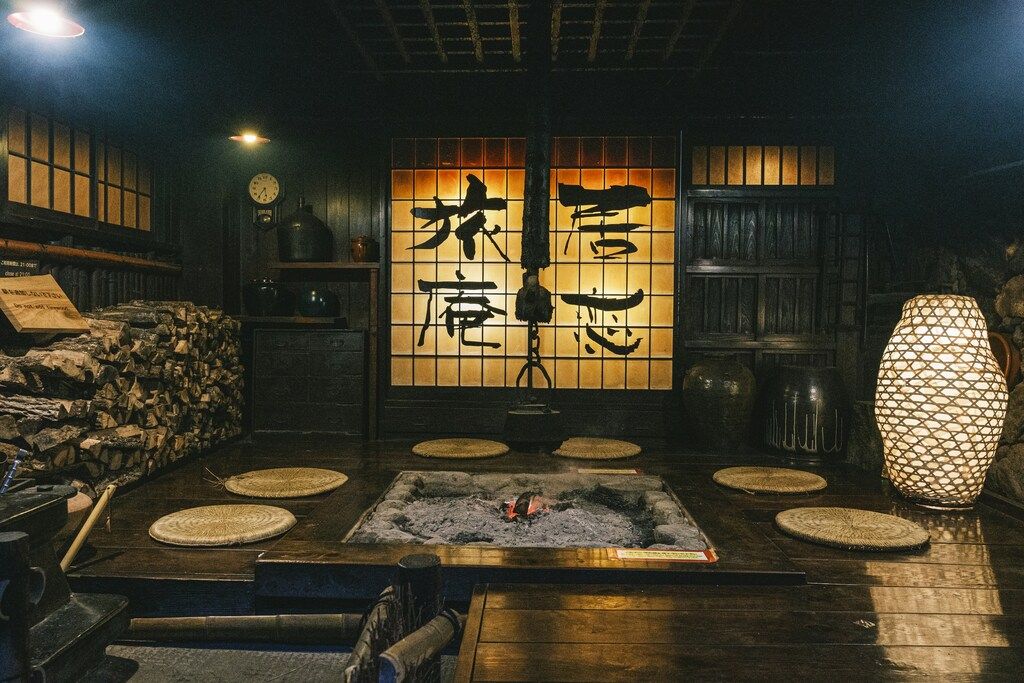
Autumn activities beyond leaf-peeping
The beauty of fall in Japan is that it doesn’t stop with the scenery. Autumn comes with a lifestyle, one worth tasting, soaking in, and sometimes even crafting with your own hands.
Seasonal cuisine and drinks
Autumn menus read like poetry. Think matsutake mushrooms grilled over charcoal, chestnuts folded into rice, and sanma fish roasted until crisp. But the season isn’t all savoury. Japan’s cafés embrace autumn with pumpkin lattes, chestnut mont blanc cakes, and special wagashi sweets shaped like maple leaves. Warm sake also makes its seasonal comeback, alongside fragrant teas blended with roasted rice or autumn herbs. Even beer brands join the fun, releasing “autumn brews” with richer, maltier flavours for the season.
Festivals and traditions
Kyoto’s Jidai Matsuri in October parades through history with costumes spanning centuries, while Tokyo’s Shichi-Go-San festival in November turns shrines into catwalks for kimono-clad children. Autumn is also prime time for chrysanthemum festivals, celebrating the flower considered a symbol of longevity. Many local matsuri highlight harvest foods, from sweet potatoes to persimmons, with stalls lining shrine approaches and neighbourhood streets.
Onsen escapes
Yes, hot springs are a year-round affair, but there’s something particularly indulgent about soaking in a rotenburo (open-air bath) while scarlet leaves drift overhead. Hakone offers classic views, while Beppu in Kyushu adds volcanic steam rising dramatically from the ground. Prefer something quieter? Seek out mountain onsen inns where the only sound is rushing water and the occasional crow call. Indoor baths are perfect after a long hike, while outdoor rotenburo deliver that picture-perfect moment of steaming water and flaming leaves.
Hiking and outdoors
Autumn is arguably the best hiking season in Japan. Trails like Kamikochi in the Japanese Alps glow with golden larch, while the Kumano Kodo pilgrimage paths wind through forests tinged in fiery hues. Around Mount Fuji, the Five Lakes region offers photogenic views of the mountain framed by crimson maples. Cooler temperatures make long walks bearable, and fewer insects mean no swatting at mosquitoes mid-photo.
Cultural workshops
When your legs need a break, autumn is ideal for trying traditional crafts. Pottery studios in Mashiko welcome visitors for hands-on sessions, while ikebana (flower arranging) classes take inspiration from seasonal branches. Calligraphy workshops often run special autumn themes, teaching how to brush characters for “maple” or “chrysanthemum” with seasonal flair. It’s a slower way to engage with the season, leaving you with a handmade souvenir that lasts longer than any maple leaf.
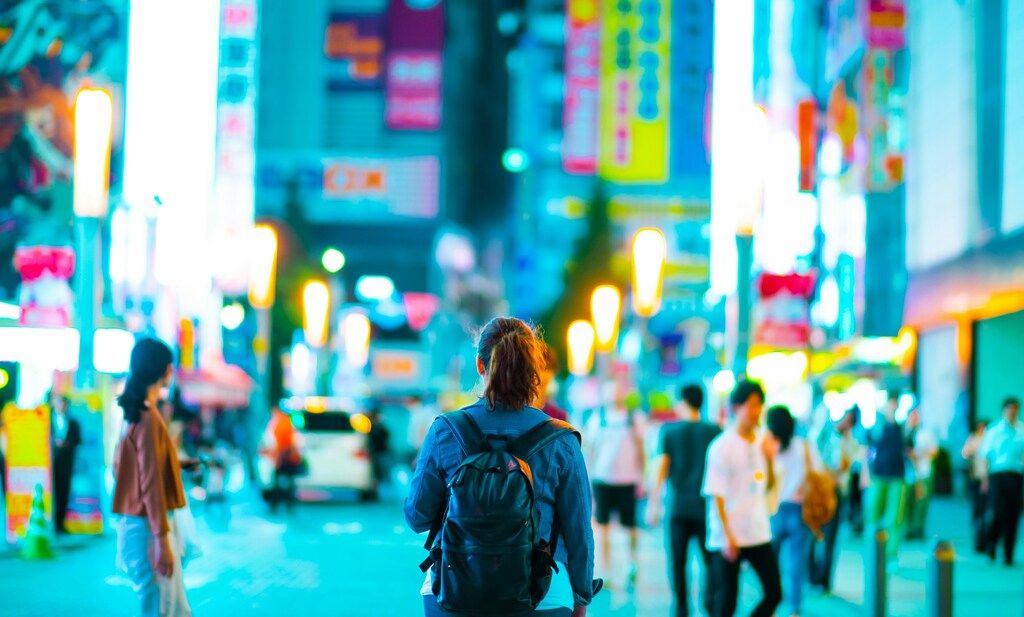
How to capture the beauty of autumn in japan
Visiting Japan in autumn is one thing. Recording it in a way that does justice to the scenery is another. The vivid colours, the crisp air, and the cultural setting often feel larger than life. Yet with careful planning and technique, you can create images that convey the impact of standing under a canopy of fiery leaves.
Use the golden hour wisely
Light shapes colour. The best times to photograph autumn leaves are early in the morning or late in the afternoon, when the sun sits low and casts a warm glow. These “golden hours” enhance reds and yellows while softening shadows, allowing the scene to feel natural and balanced. Midday sun, by contrast, tends to wash out details. If you are shooting then, look for shaded temple gardens or wooded paths where the light is more forgiving.
Seek reflections in water
Many Japanese gardens and temple complexes feature ponds designed to reflect their surroundings. In autumn, these bodies of water double the impact of the season. Kyoto’s Eikando Temple and Tokyo’s Rikugien Garden are prime examples where a calm pond surface mirrors the colours above. Patience matters here, wait for the water to settle before pressing the shutter. A clear reflection can elevate a photograph from ordinary to memorable.
Capture transitions, not just peaks
It is tempting to aim for peak colour, but transitional phases often produce the most striking contrasts. A single crimson maple against surrounding greenery, or a ginkgo half bare while its neighbour glows bright yellow, tells the story of change more effectively than a uniform wall of red. Japan’s autumn leaves change quickly; recognising and capturing these fleeting stages will make your images stand out.
Add human context
Including people in your frame gives scale and narrative. A hiker on a mountain trail, a child walking under a tunnel of ginkgo, or a kimono-clad couple crossing a bridge adds cultural depth as well as proportion. Autumn in Japan is as much about how people interact with the landscape as it is about the leaves themselves.
Take advantage of evening illuminations
Do not pack away your camera when the sun sets. Throughout November, temples and gardens across Kyoto, Tokyo, and Osaka host illumination events. Pathways glow, maples are highlighted with carefully placed lights, and the entire atmosphere shifts. A tripod helps in low-light conditions, but even handheld shots can capture the contrast between glowing leaves and the dark evening sky. These events provide a perspective that daylight cannot offer.
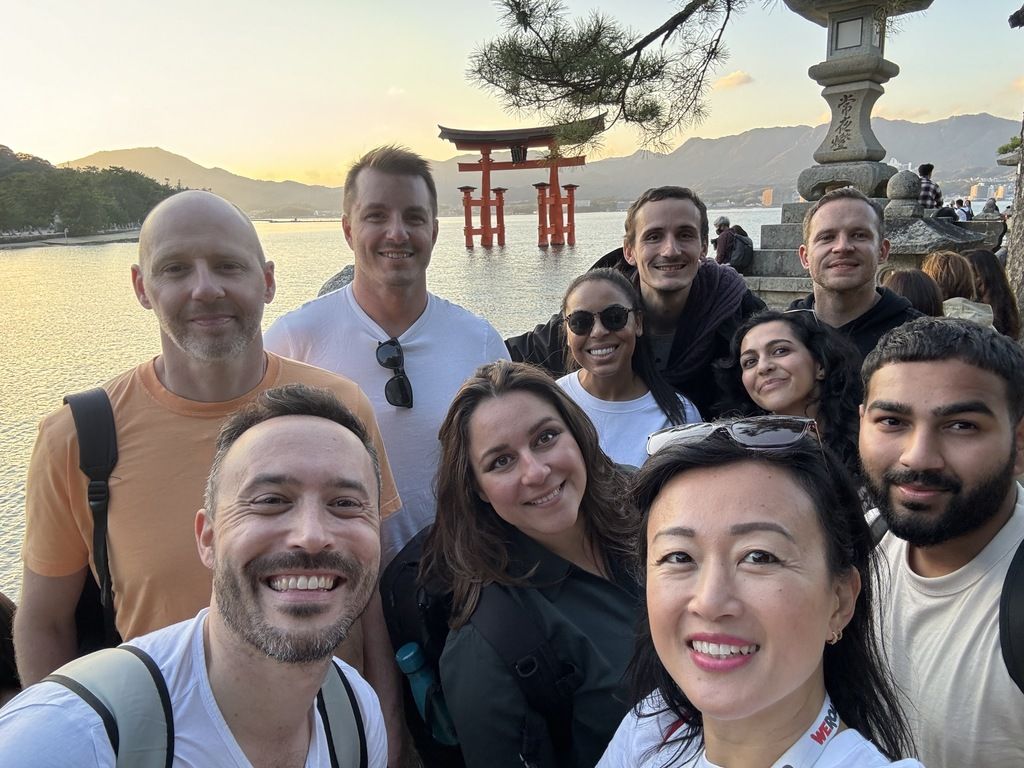
Wrapping up: autumn adventures made simple
Autumn in Japan is short-lived but unforgettable. The goal is not to visit every location but to appreciate a few well-chosen ones in depth, and to capture moments that reflect both the season and the culture surrounding it. For travellers who want to experience the season without the stress of constant planning, organised options exist.
Discover our Japan 360° group adventures, a journey that brings like-minded travellers together and showcases the highlights, from Kyoto’s historic temples to Tokyo’s ginkgo-lined avenues. Feel free to focus on the essence of autumn: the colours, the atmosphere, and the sense of being part of something fleeting yet extraordinary.

